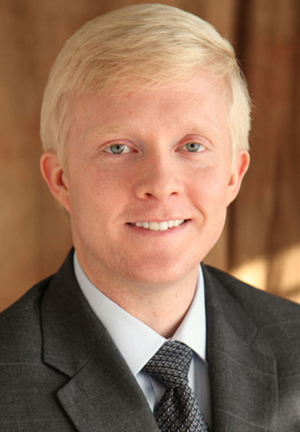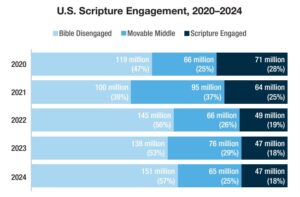
NASHVILLE (BP) — In anticipation of watching Disney’s “Finding Dory” with my children in the theater this summer, I pulled up the trailer on my phone and noticed what appeared to be a scene featuring a lesbian couple with a baby.
The scene passes quickly, and co-director Andrew Stanton told USA Today the two animated women, who caused a significant internet stir, “can be whatever you want them to be.”
Still, viewing that scene — and other moments in the Disney movies my daughters love — has reminded me of Southern Baptists’ wisdom in 2005 when they pledged in conjunction with ending an eight-year Disney boycott “to continue to monitor the products and policies of The Disney Company.”
Disney’s children’s entertainment contains no profanity, gratuitous violence or overt sexual content — at least that I have seen. And recent productions contain positive thematic elements like ethnic diversity. But the more I view Disney shows and movies with my kids, the more I realize they contain elements that seem likely to influence children away from Christian doctrine and morality.
I also notice a departure in recent Disney entertainment from some wholesome themes of the company’s productions in the mid-20th century.
For one, biblical allusions and depictions of Judeo-Christian religious practices have yielded in some cases to depictions of secular and even idolatrous practices.
“Snow White and the Seven Dwarfs” (1937) includes a scene in which Snow White kneels by her bed and prays. “Pinocchio” (1940) bears striking parallels to the biblical story of Jonah, as a puppet disobeys the instructions of the loving father who created him and is swallowed by a whale then vomited up.
The apparent biblical imagery continues in “Sleeping Beauty” (1959), when the king’s only son, armed with “the sword of truth,” cuts through a forest of thorns and thistles to rescue his bride and slays the “mistress of all evil,” who takes the form of a dragon and tells him she possesses “all the powers of hell.”
In addition, themes of resurrection seem apparent in “Snow White,” “Pinocchio,” “Sleeping Beauty” and even the more recent “Beauty and the Beast” (1991).
Contrast that with, for example, the Native American religion depicted in “Pocahontas” (1995), the ancestor worship depicted in “Mulan” (1998), a crowd of people bowing to an idol in “Mulan II” (2004) and the replacement of Christmas with the fictional and religion-less winter holiday “Wassailia” in the “Sofia the First” series (2012-present).
Portrayals of marriage and gender roles have shifted too.
Disney princesses used to get married almost without exception. Think “Snow White,” “Cinderella” (1950), “Sleeping Beauty,” “The Little Mermaid” (1989) and “Beauty and the Beast.” Not so much anymore, as in “Pocahontas,” “Mulan,” “Brave” (2012) and “Frozen” (2013).
In mid-20th-century films, departures from the traditional family structure caused grief and pain, as in “Snow White” and “Cinderella.” In “Sofia the First,” however, a blended family appears to be the source of nearly unmitigated joy.
Of course, many aspects of this shift are not bad in themselves. The single life is a God-ordained and fulfilling path for many Christians, and blended families can be blessed and joyful. The fact remains though, that the trajectory of Disney entertainment seems to be moving away from extolling the traditional family.
In other gender-related developments, Mulan joins the military and engages in hand-to-hand combat. She also finds herself accidentally swimming nude with men.
That said, caveats are in order.
First, older Disney movies were not without flaws. Racial insensitivity seems apparent in “Snow White,” where the heroine is seen as beautiful because she has fair skin. Sleeping Beauty’s distinctly Anglo features similarly are said to set her apart as beautiful. And almost all Disney movies include references to magic.
Second, there have been some decidedly positive shifts in more recent Disney entertainment like the racial and ethnic diversity of the protagonists.
Third, Disney is not the only producer of children’s entertainment to include questionable themes. It is one of many mirrors that reflect a general cultural drift.
Still, without child-level discussions on religious pluralism, marriage, gender roles, modesty and other ethical and theological themes, exposure to Disney entertainment may undermine foundations of a biblical worldview. Amplifying the problem, Disney introduces such themes well before some parents want to introduce them.
So should parents prevent their children from watching Disney movies and shows? That’s for each family to decide, seeking God’s wisdom in the process. Some may opt to delay exposure to these themes while others may decide to watch Disney films with their children and use them as teachable moments, as my wife and I have done.
What’s certain is that Southern Baptists were right in 2005 to urge vigilance in monitoring Disney products.














